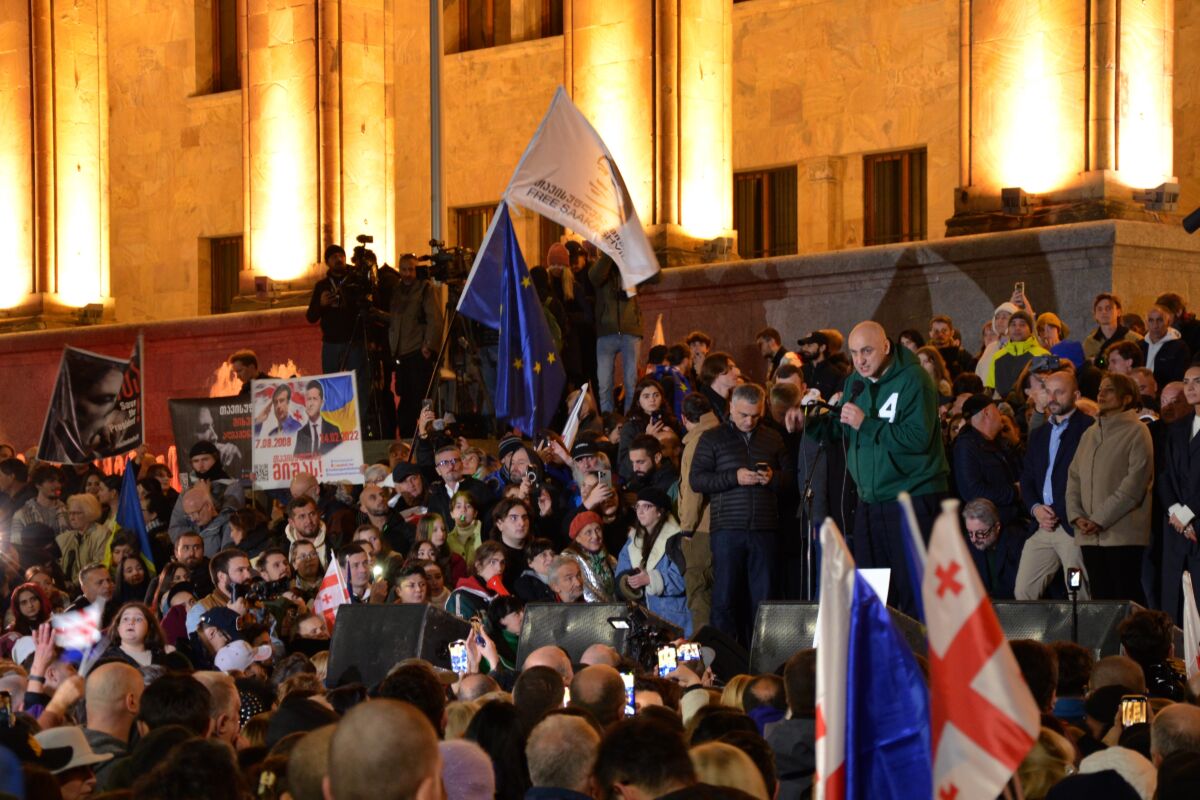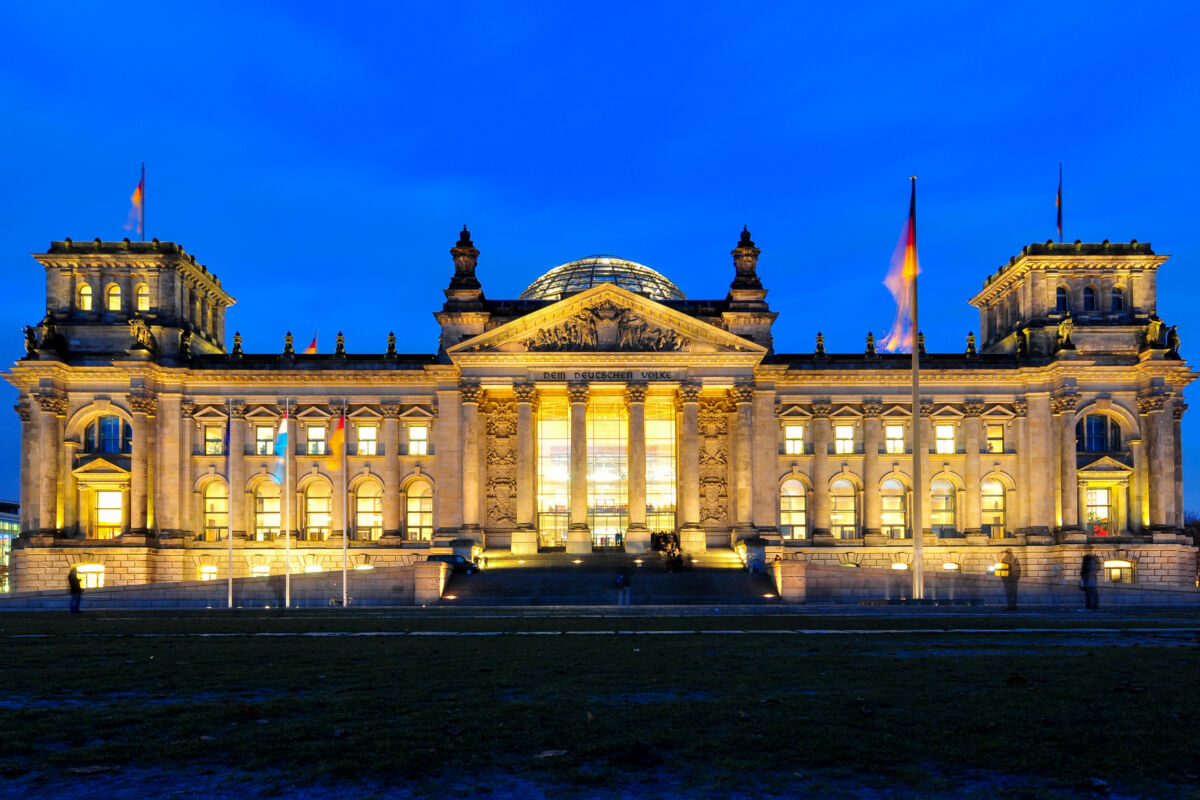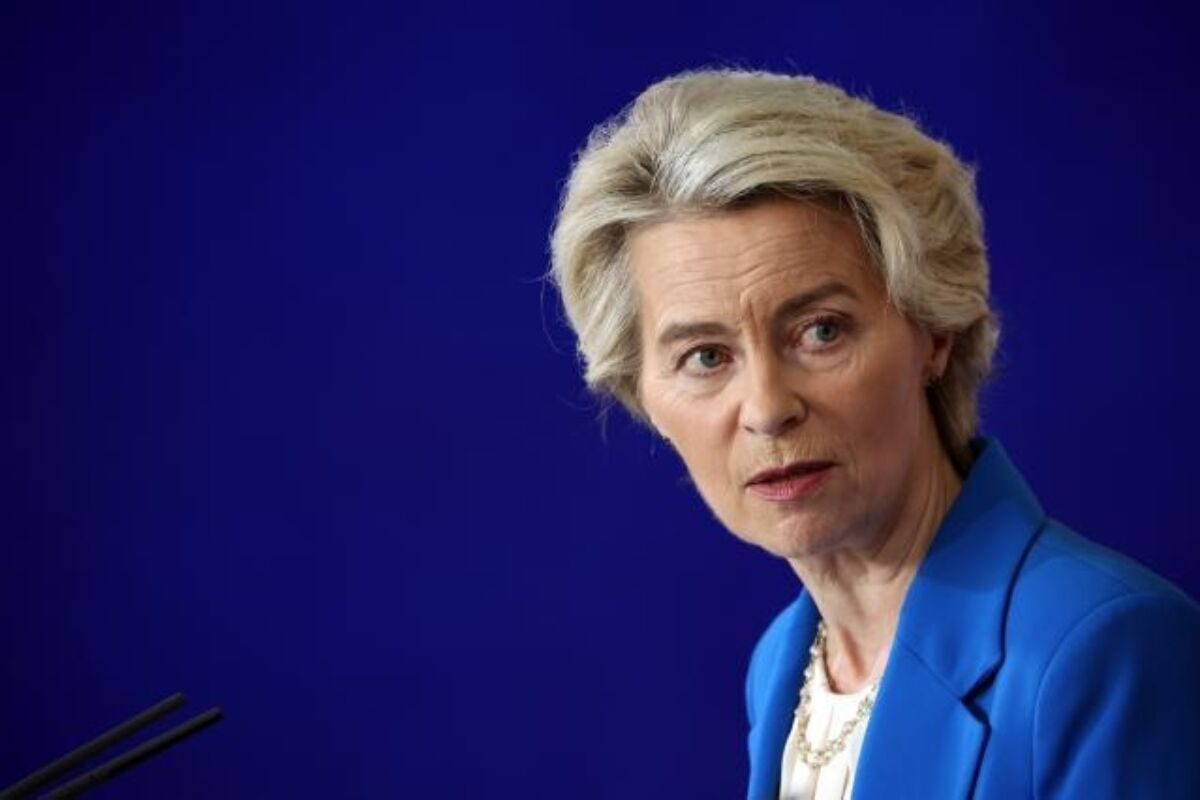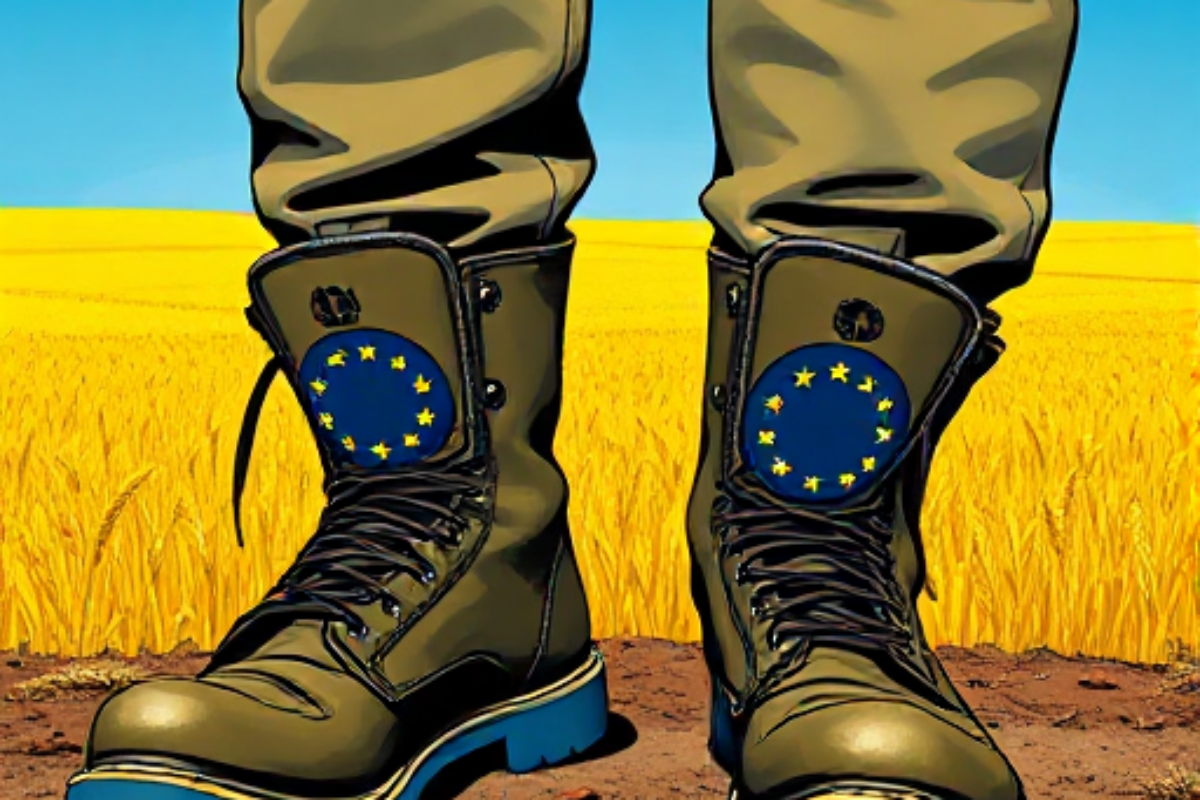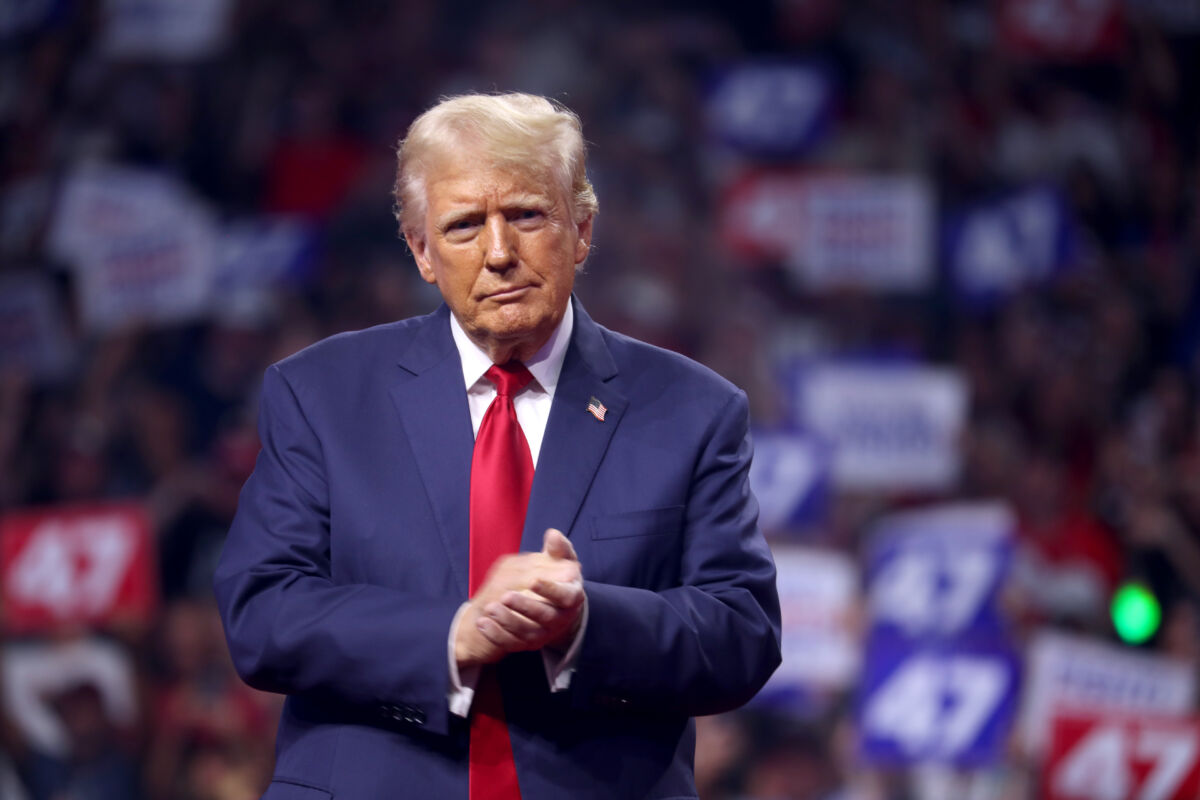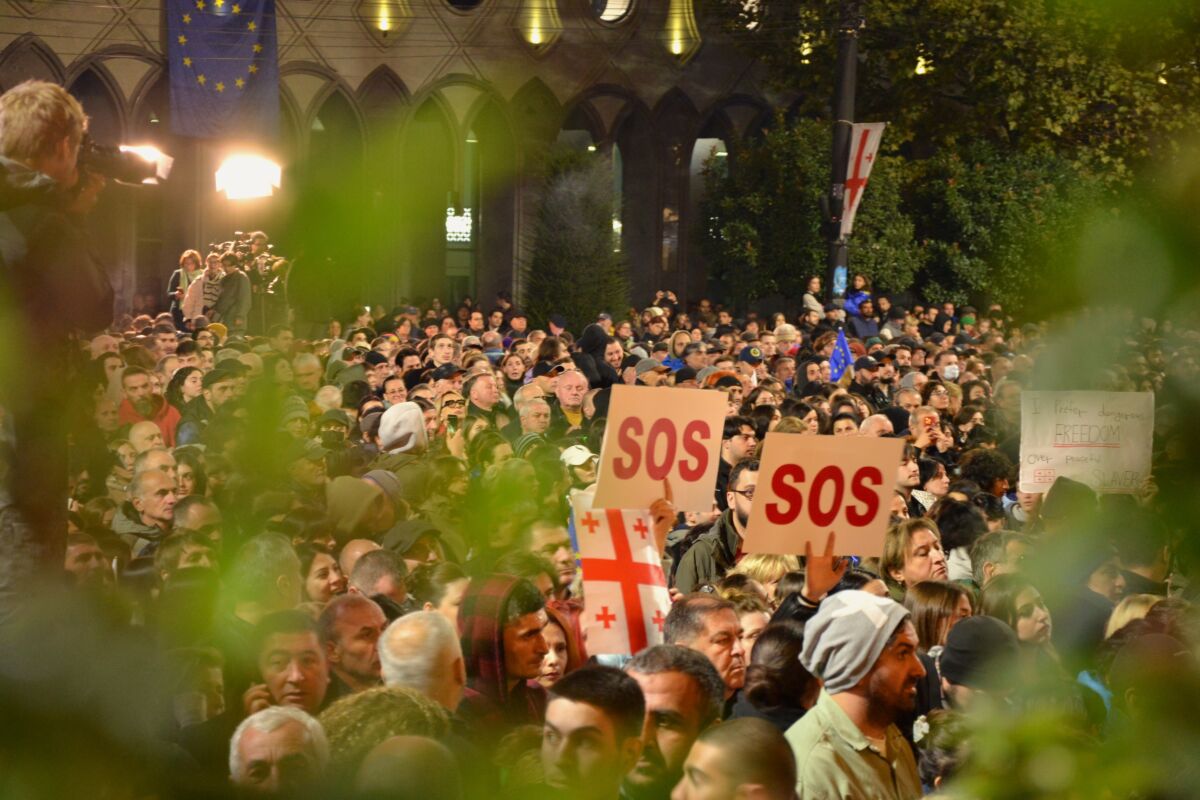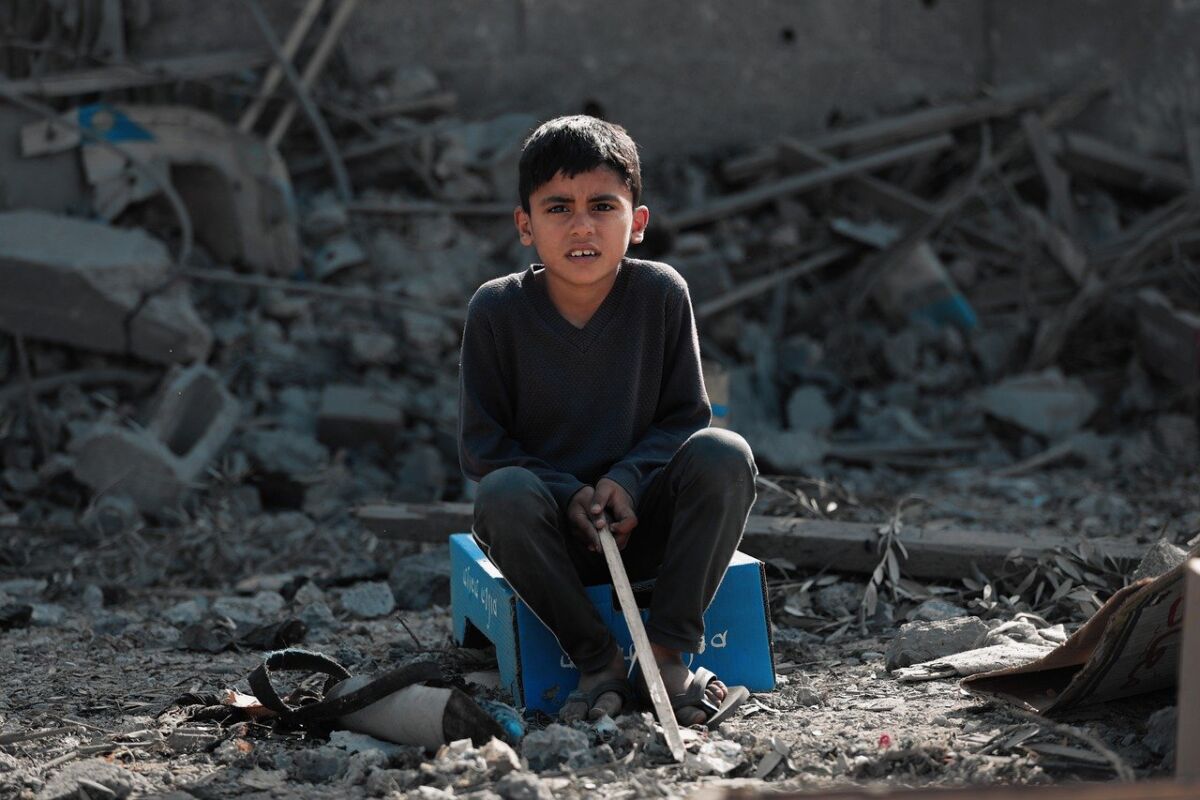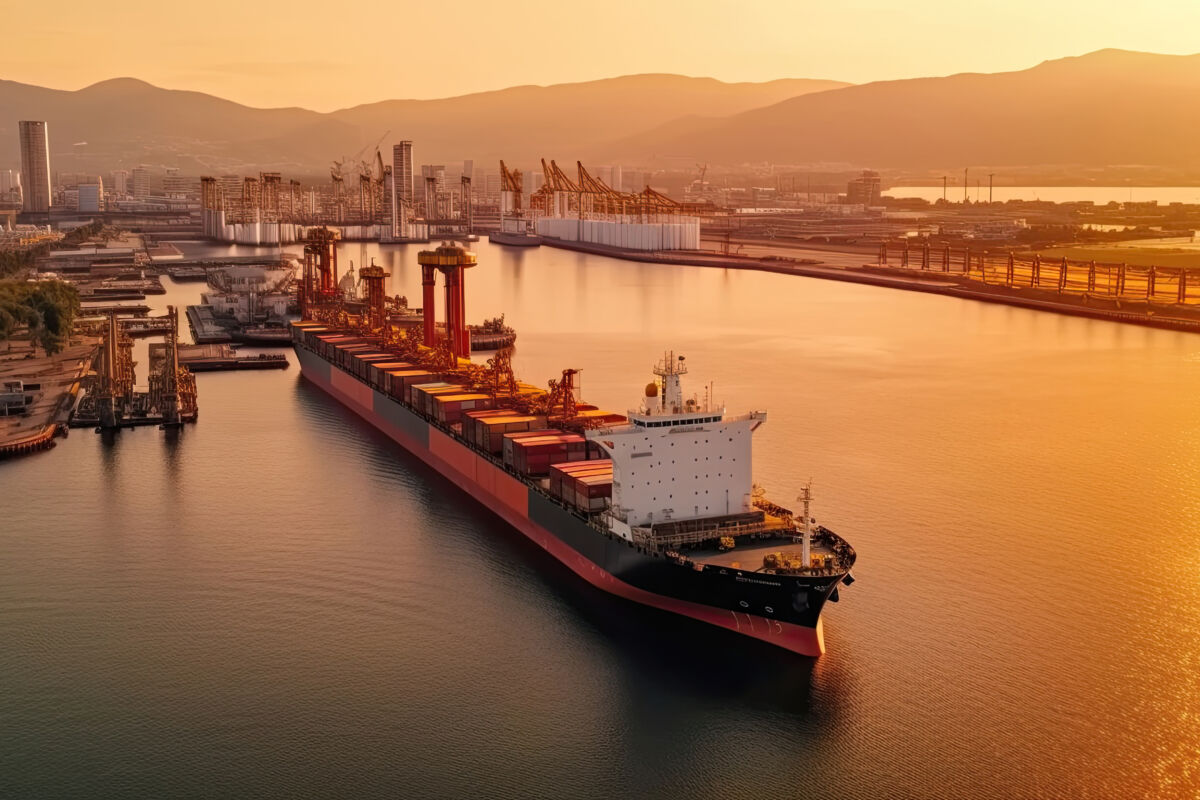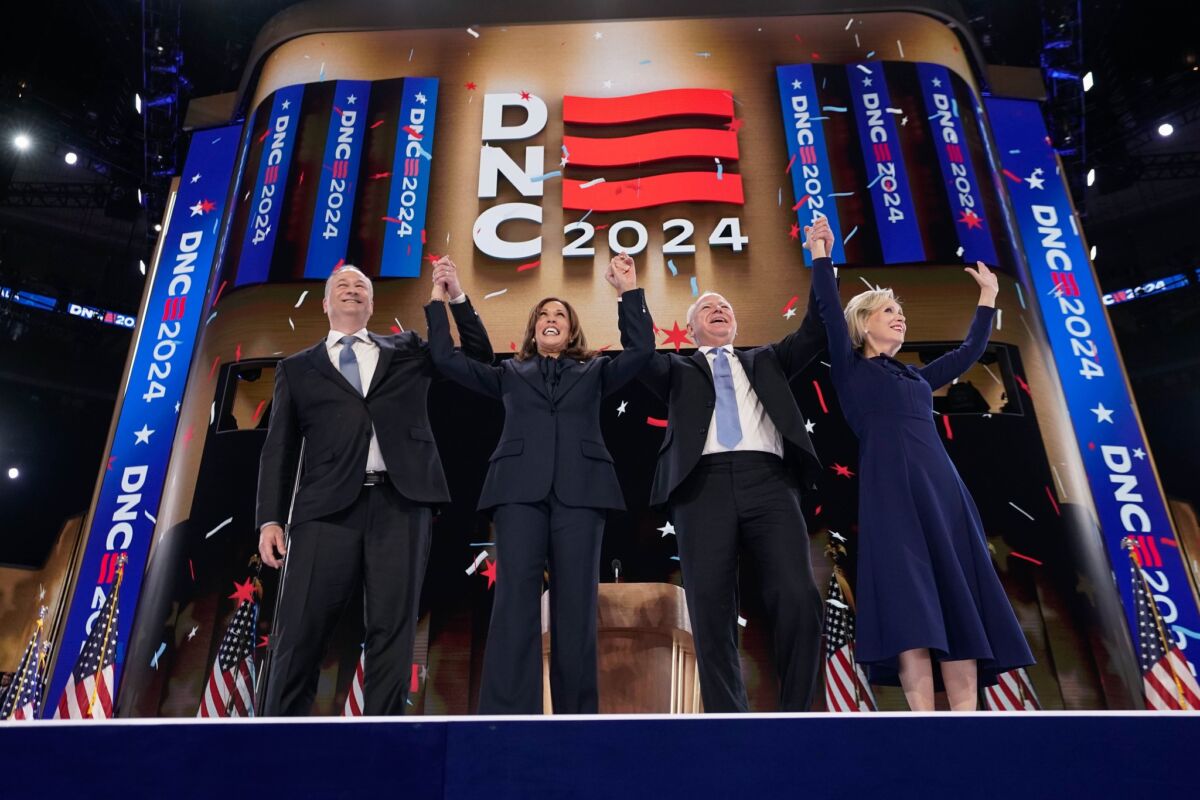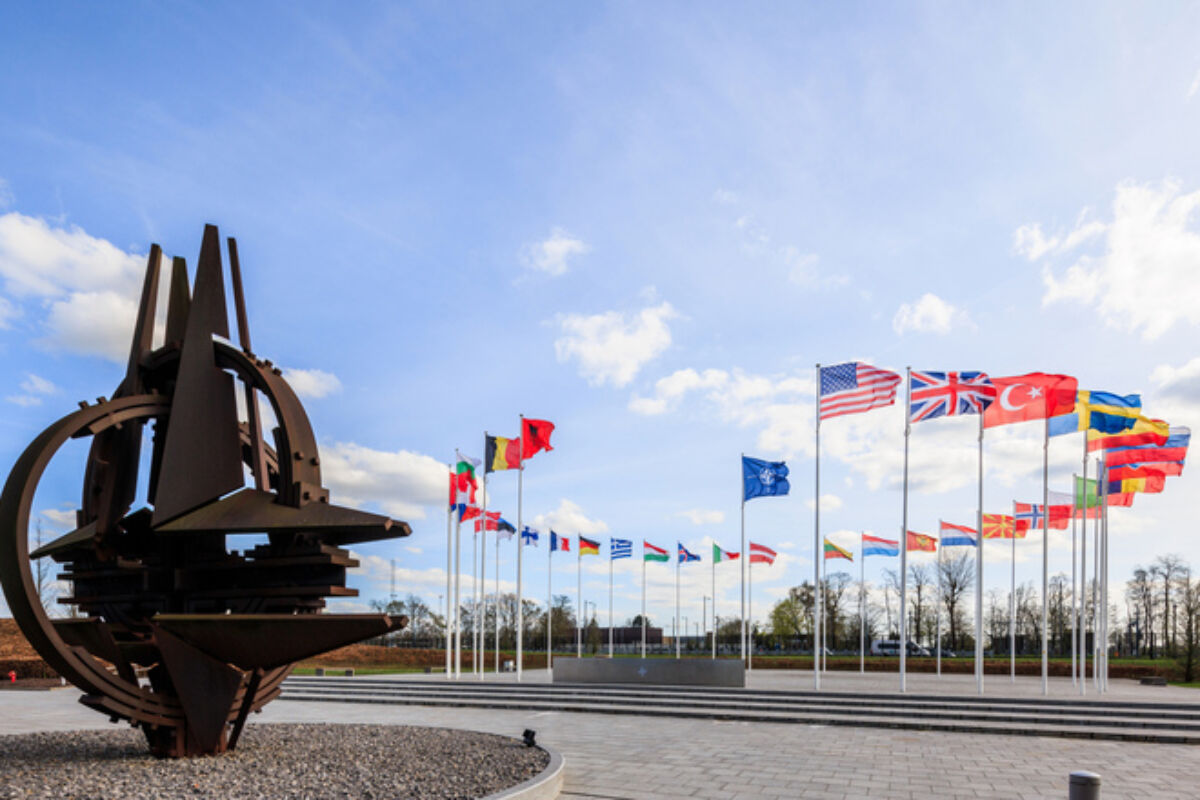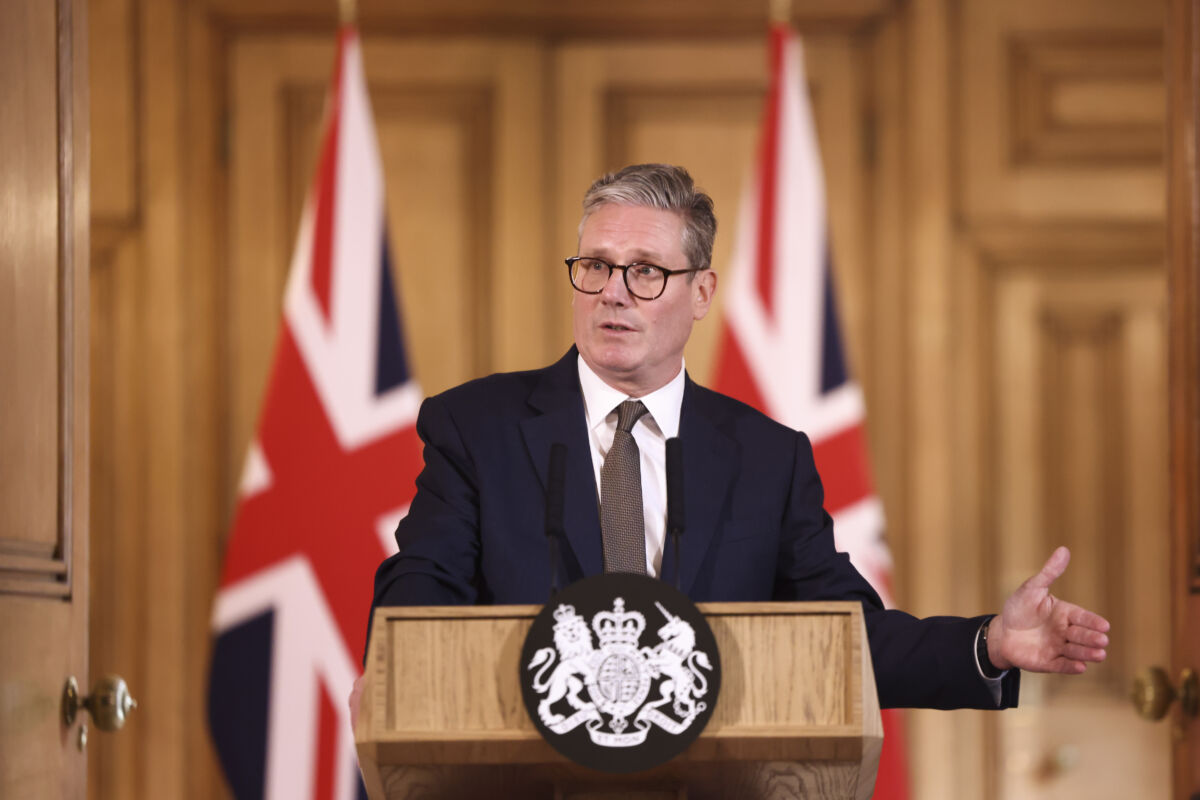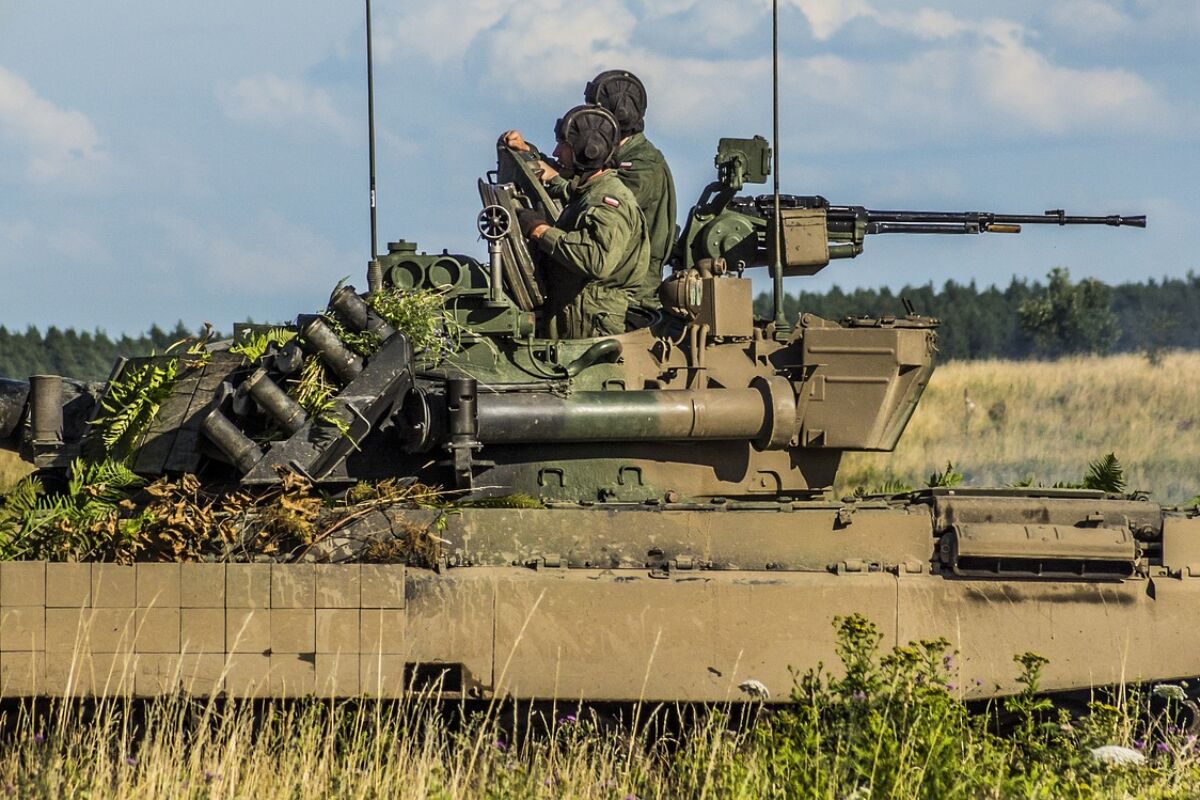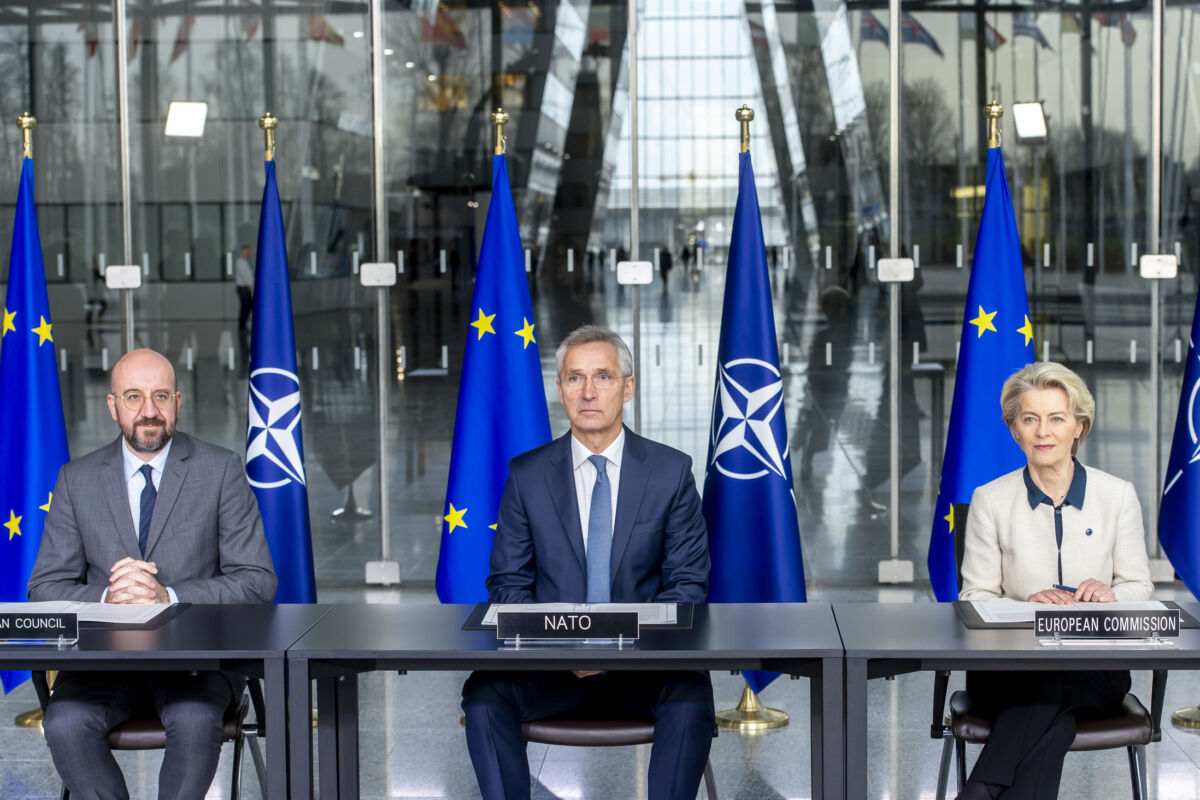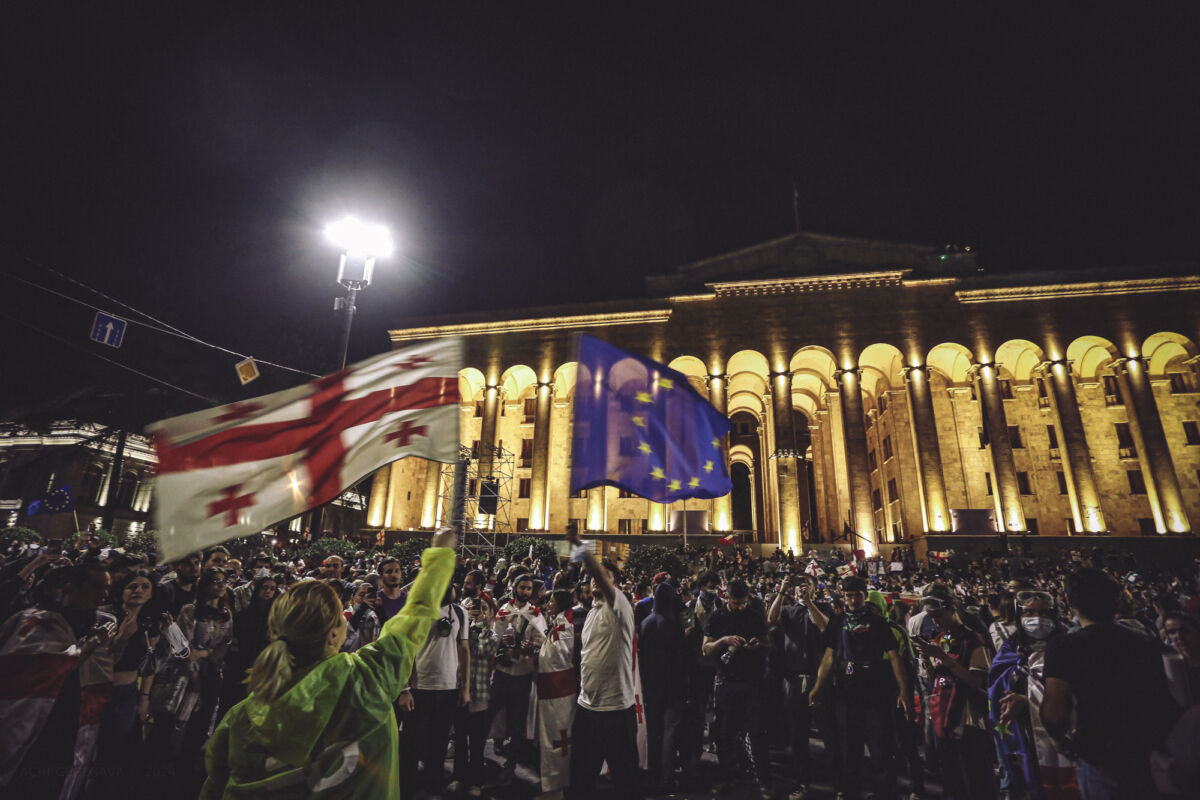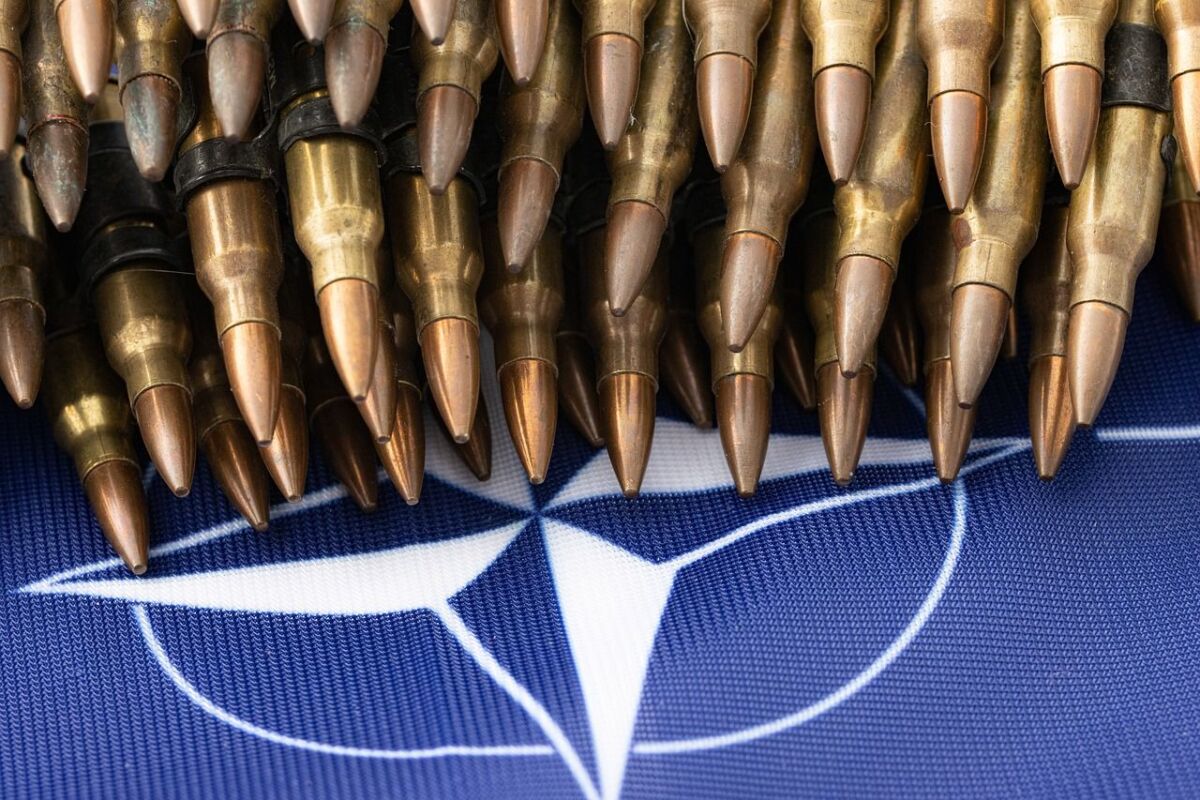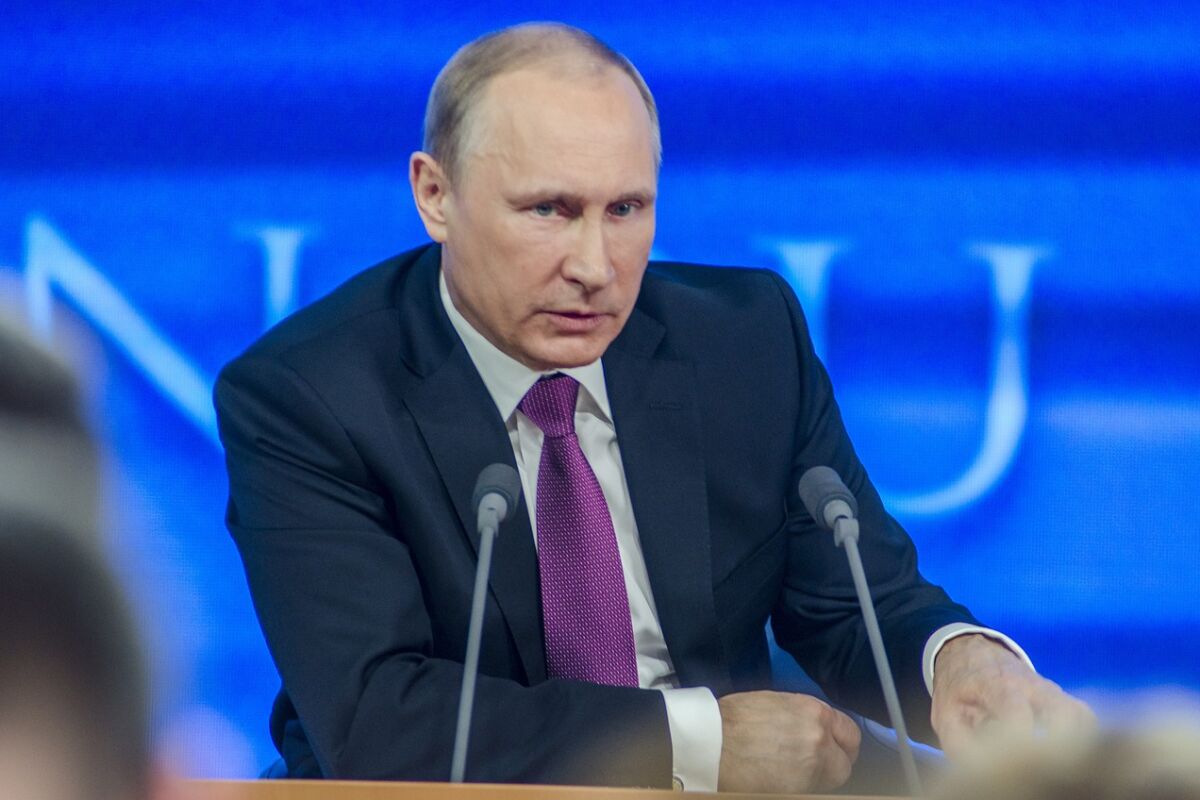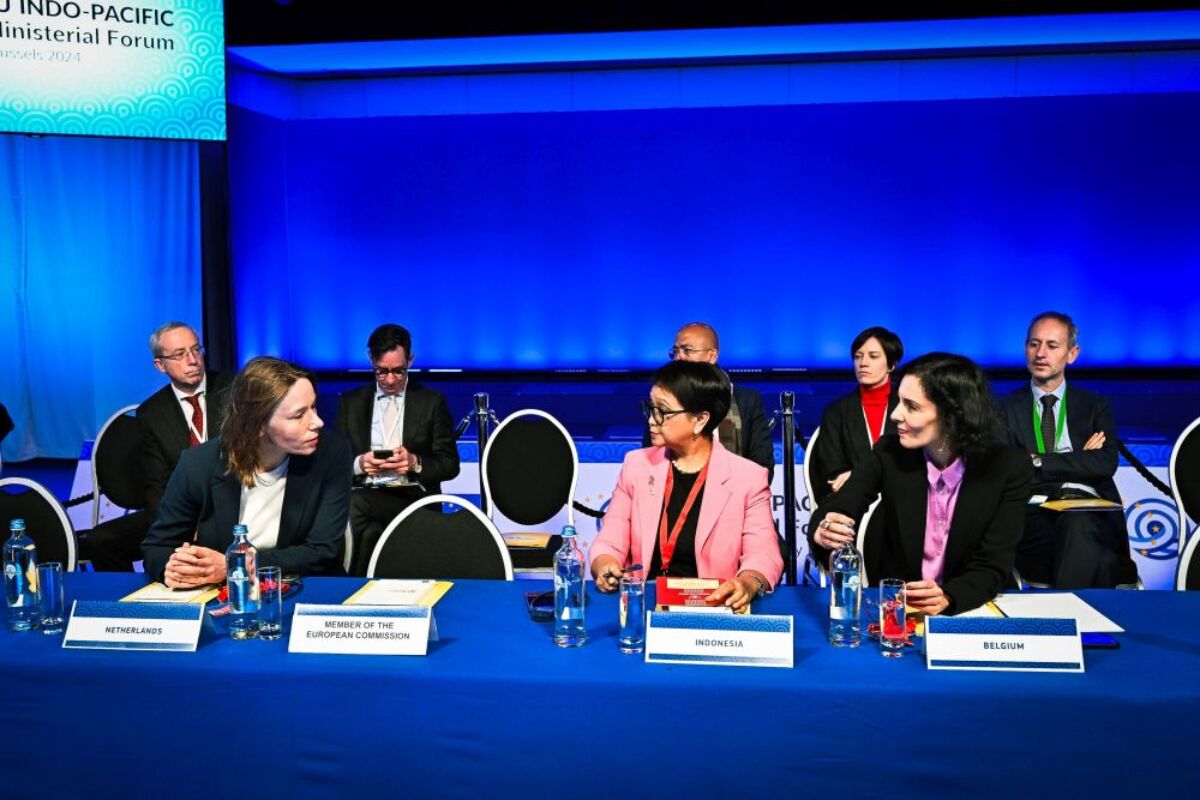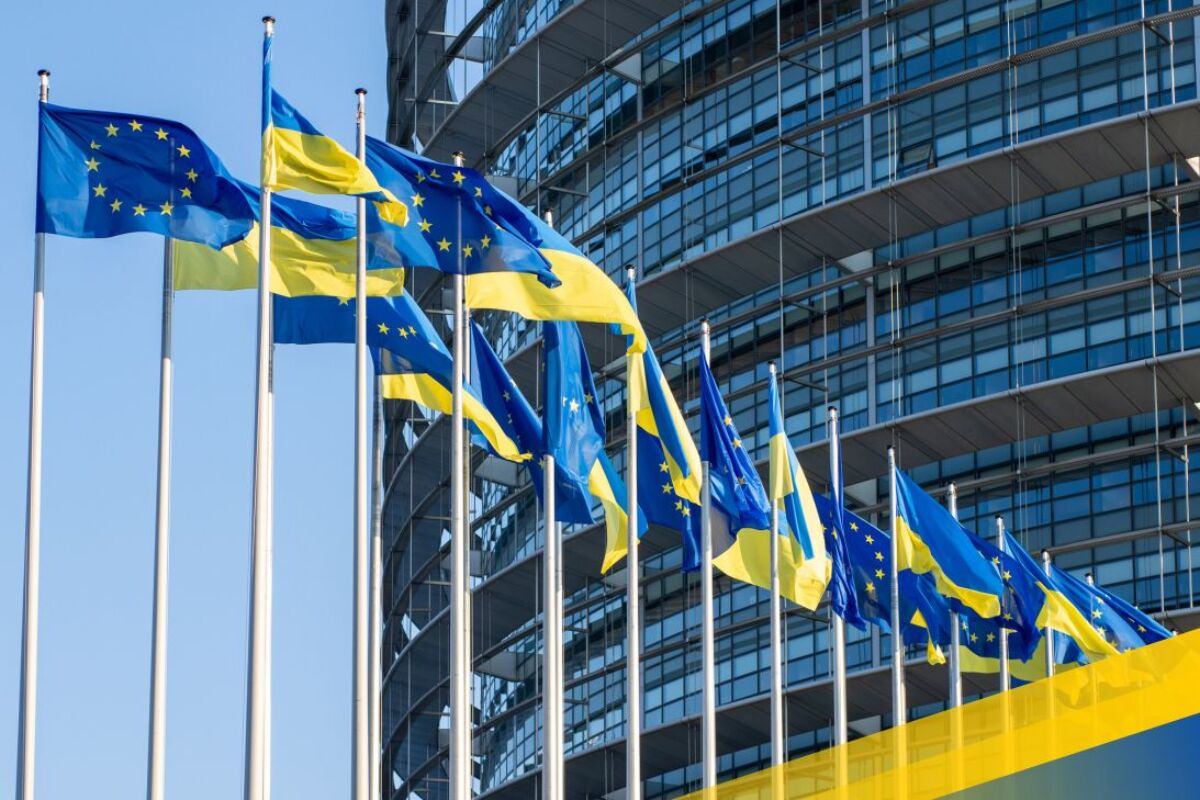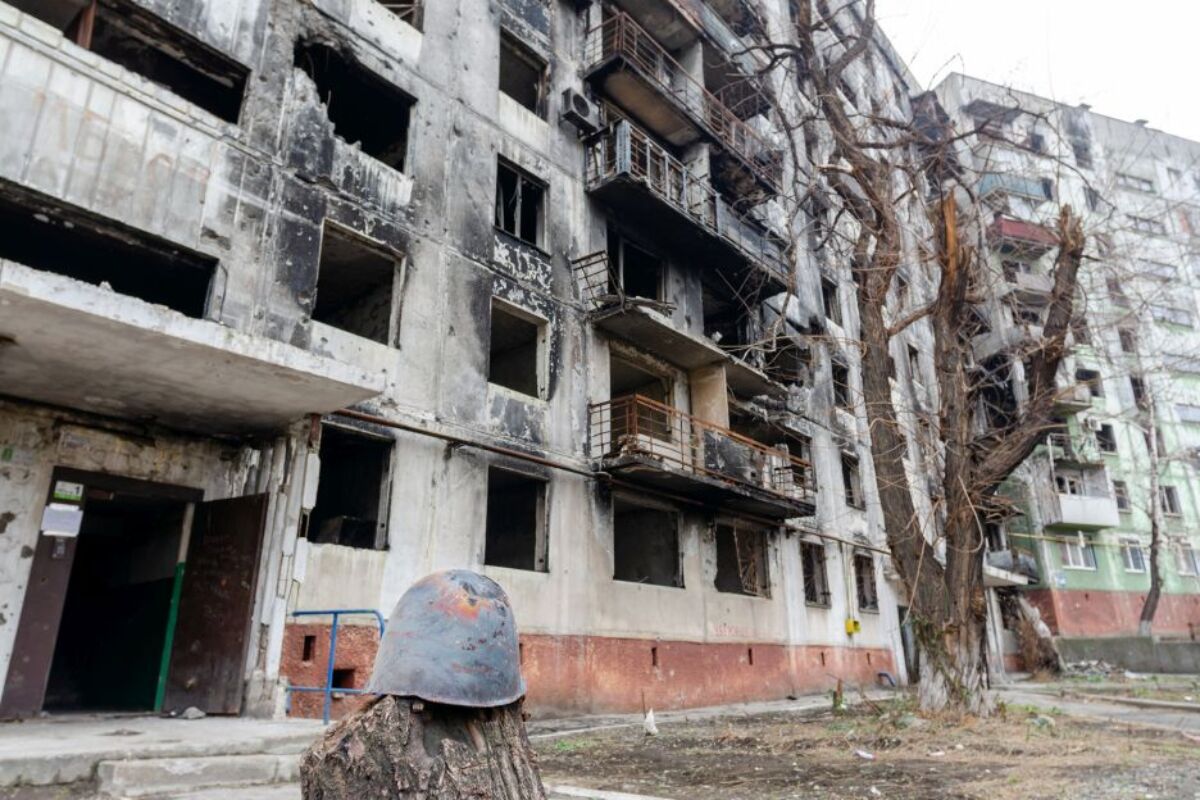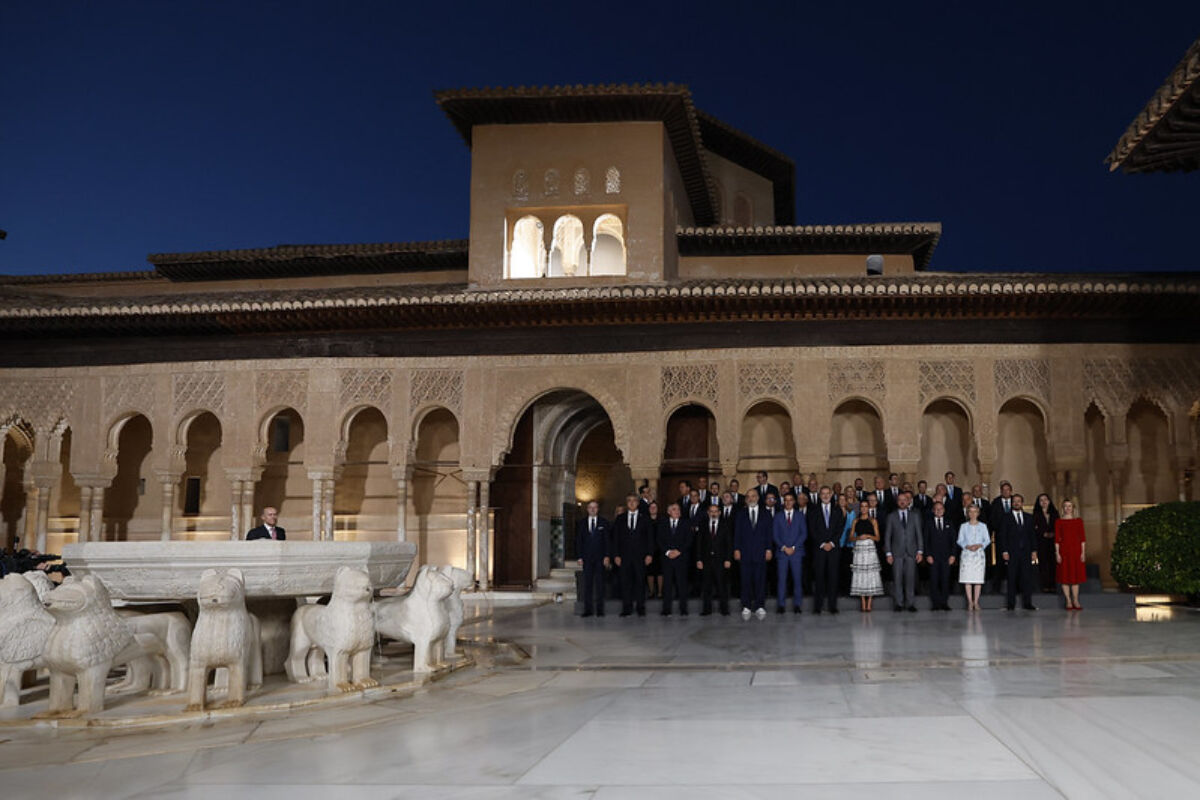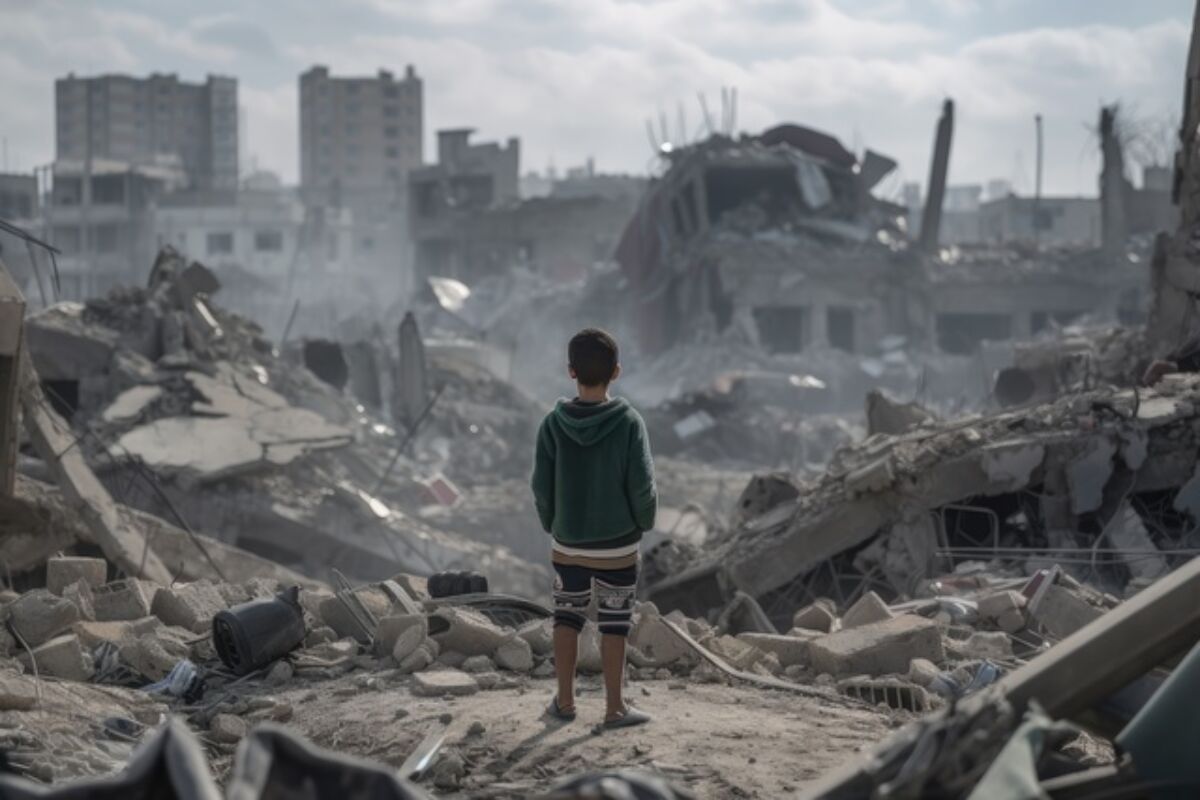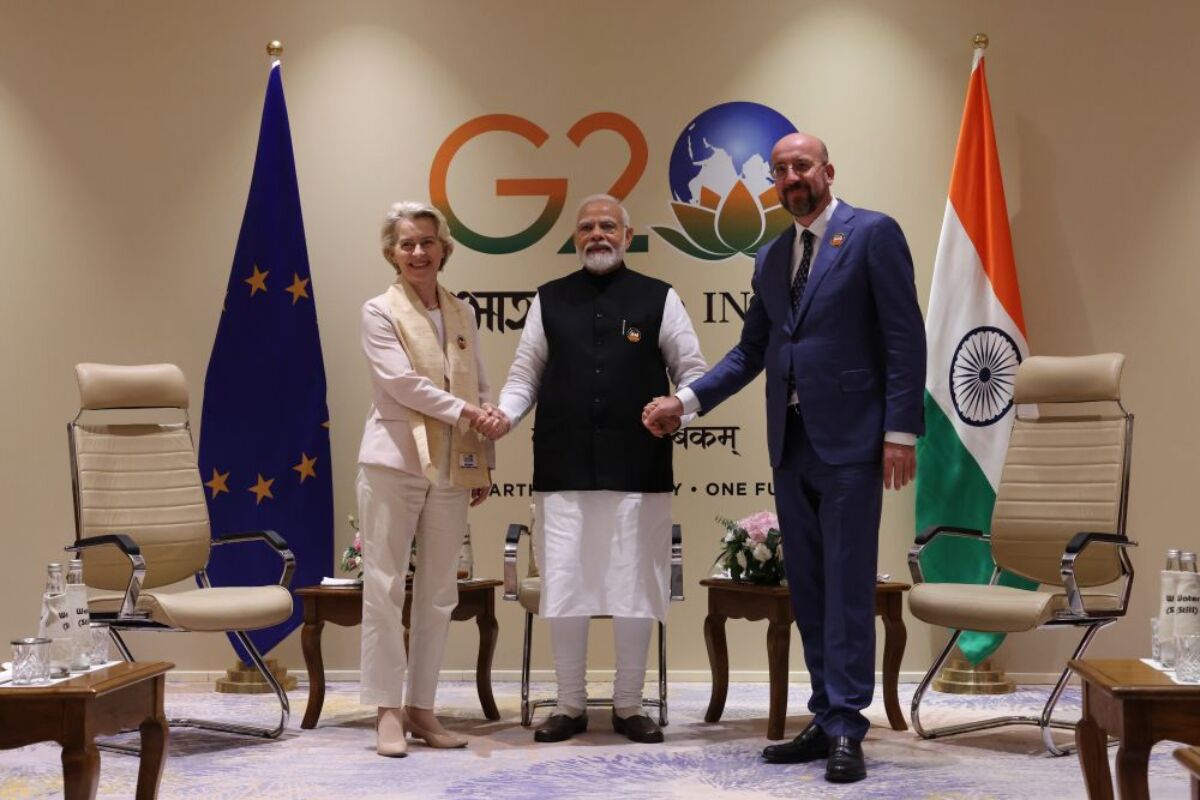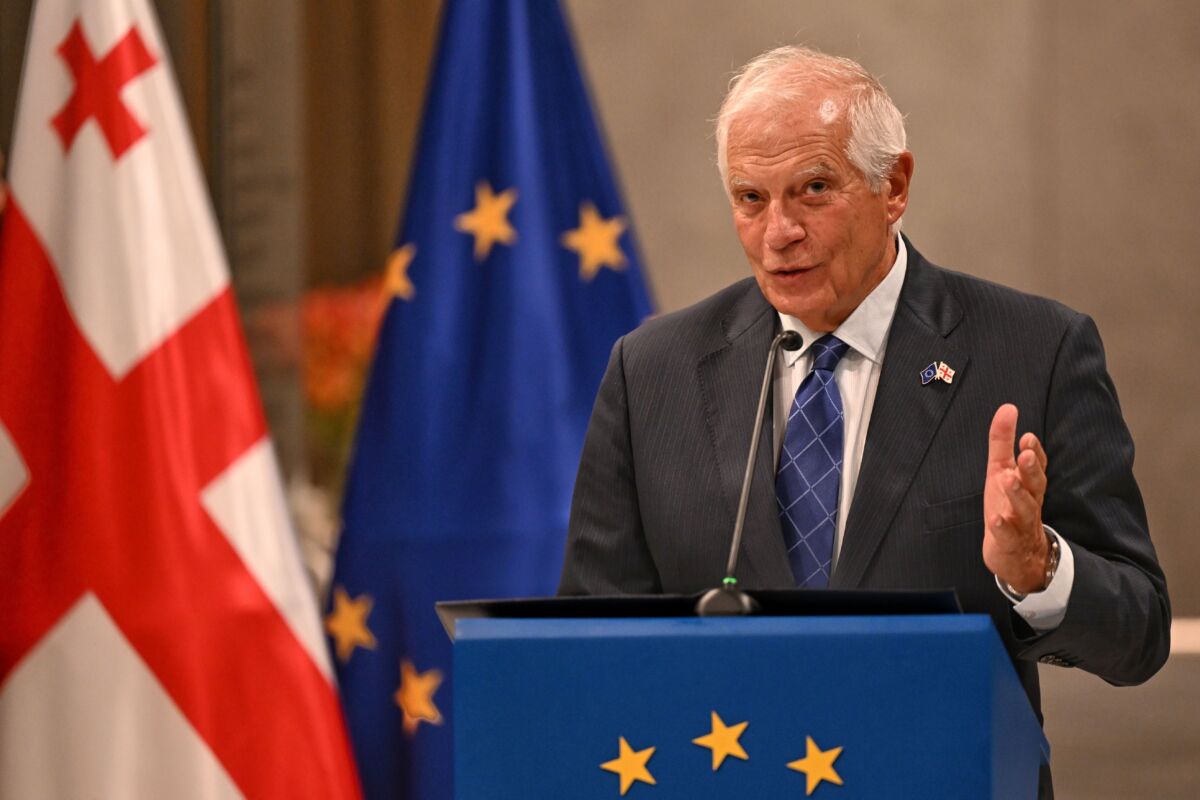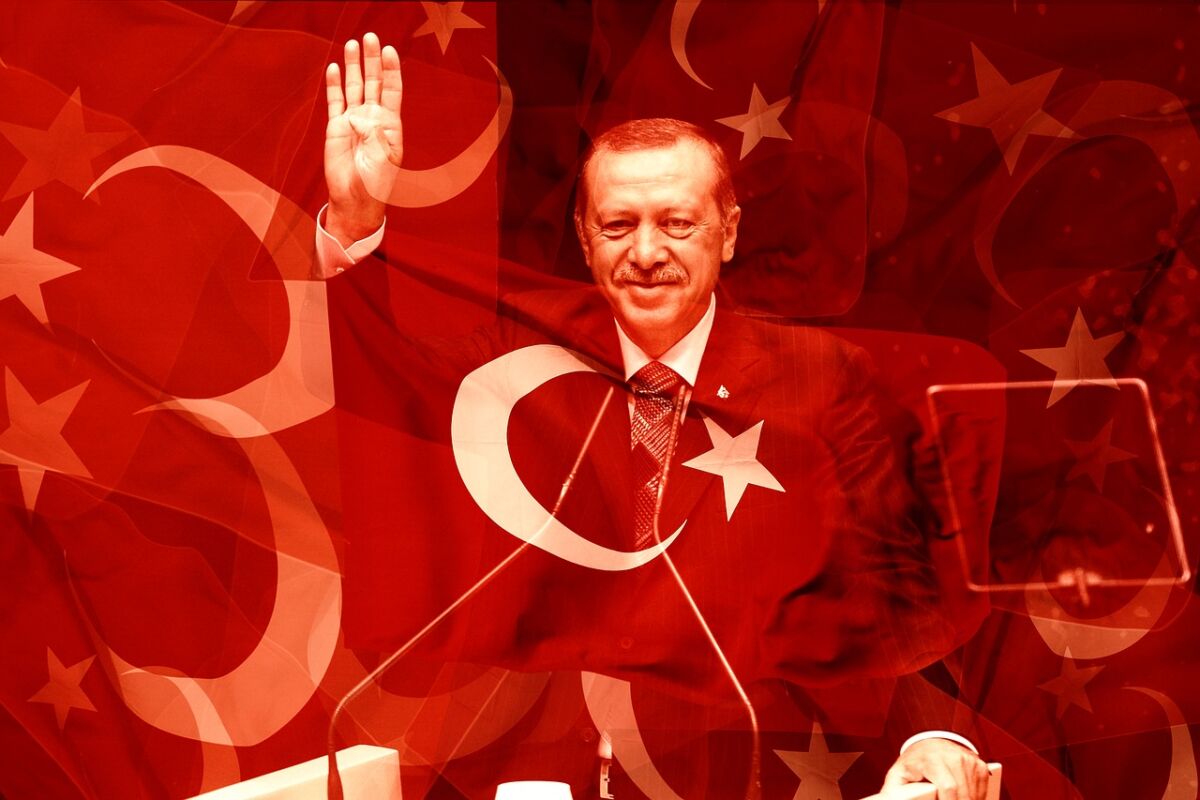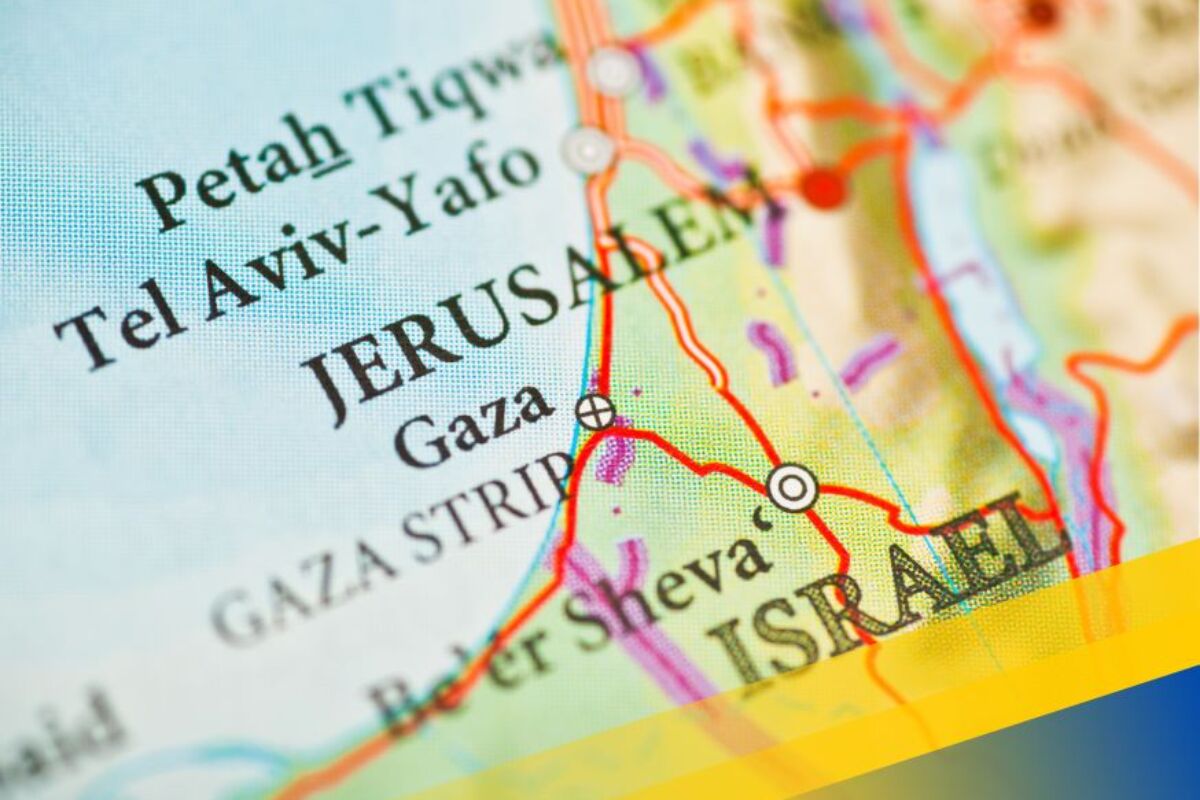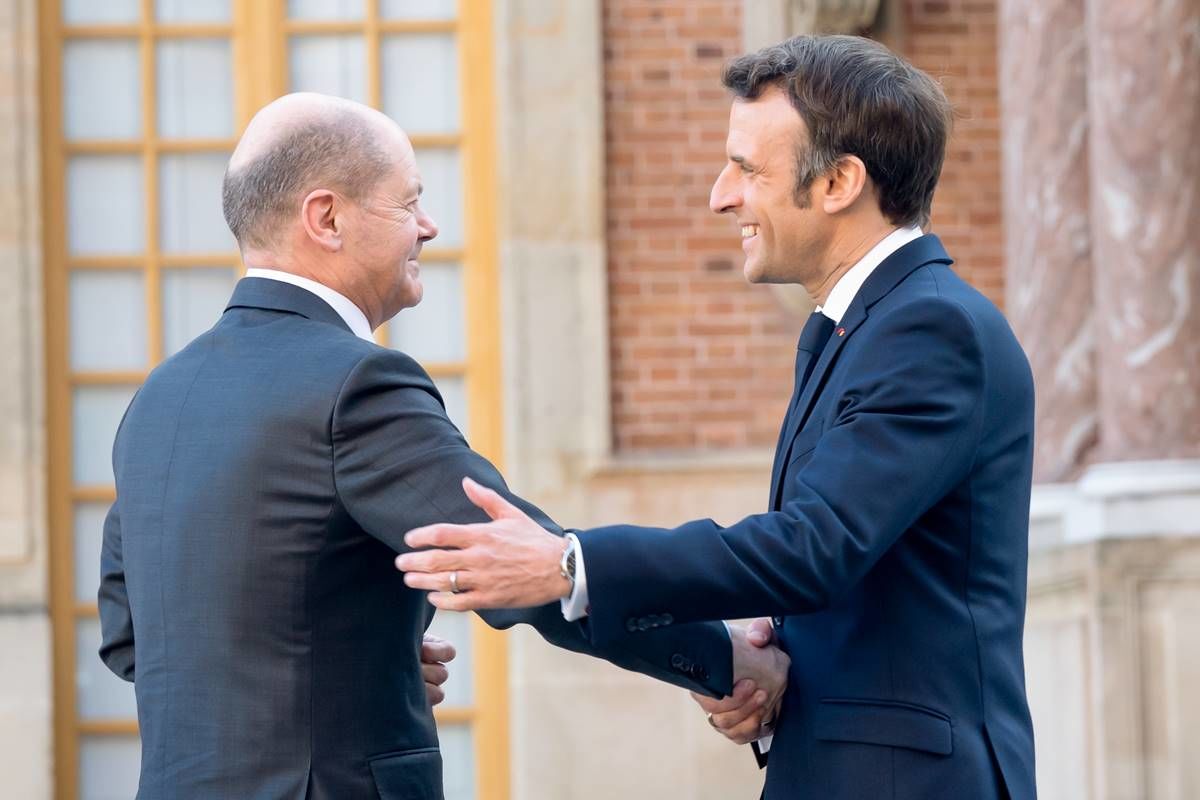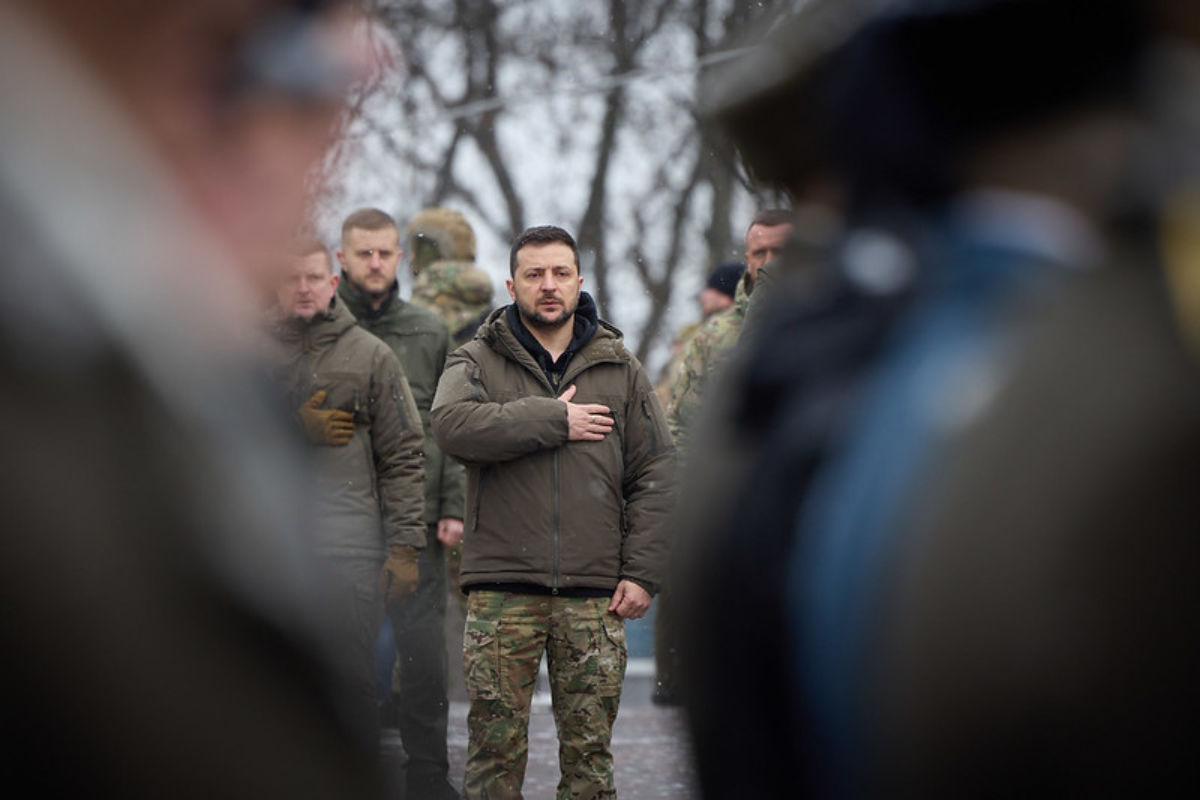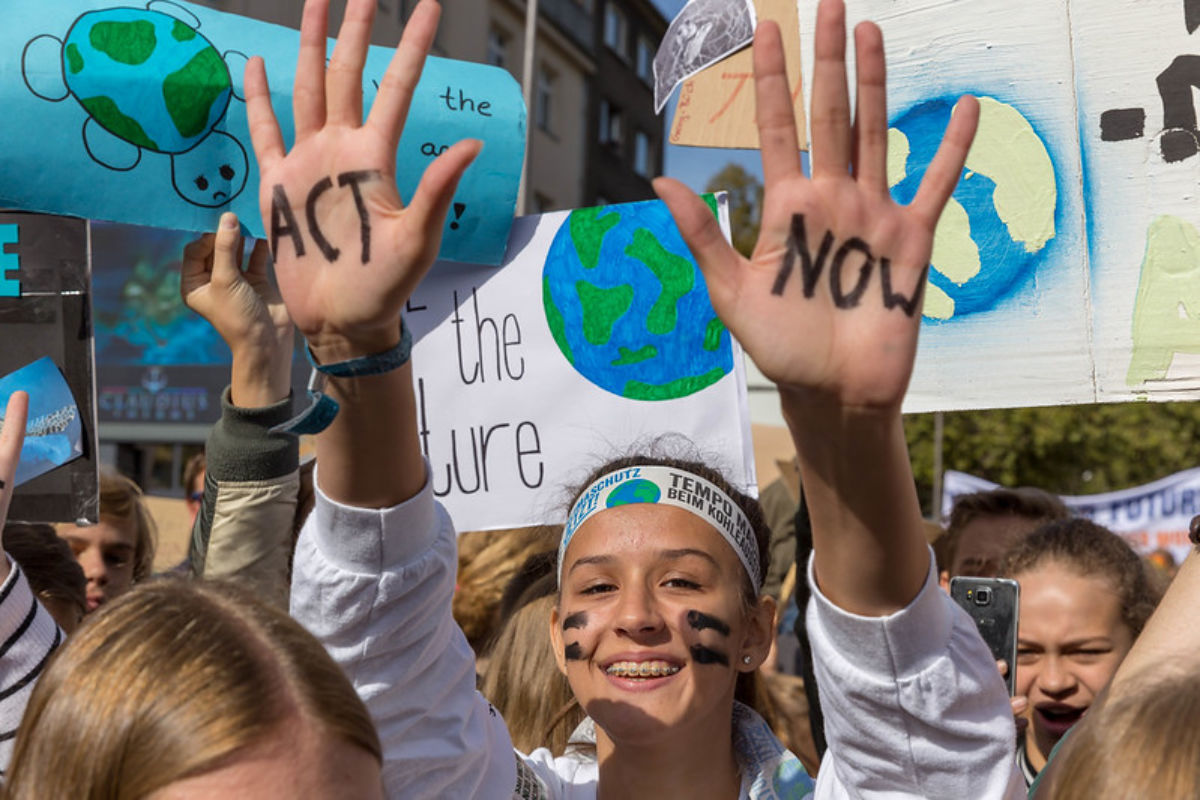Everybody can see now that Lukashenko’s regime in Belarus is fatally wounded. His reckless non-management of Covid-19, the irruption onto the scene of Sviatlana Tsikhanouskaya as a Joan of Arc symbol of the desire for change, the spectacular falsification of the presidential election on 9 August, and then the failed attempt to brutally repress the protests this last week, have sealed his fate. Only we do not yet know quite when he will go, or how he will be replaced.
But the scene is set for change, and the European Union has to work out some broad lines of how it should respond to possible or likely scenarios.
There are already calls for immediate action. Valery Tsepkalo, a candidate for the presidency who had to flee to Kyiv, has proposed immediate recognition of Ms Tsikhanouskaya as the new president. The three EU Baltic states argue for a renewed election. The EU is reported to be preparing sanctions against the individuals deemed most responsible for the acts of repression.
The coming days will determine whether these immediate steps remain relevant. The pressing question for the EU is how it should use its now rich experiences of uprisings in neighbouring post-Soviet states to guide a strategic policy response. Georgia, Moldova, Ukraine and Armenia all have pertinent stories to tell.
To frame an answer or contingency plan, one or more scenarios have to be more explicit. Here are three scenarios, under all of which Lukashenko flees to Russia or elsewhere.
- Fresh elections are held, which are free and fair. A new leader takes charge, insisting first of all on democratic reforms, with talk of economic reform to follow, and the intention to avoid rupture or conflict with Russia – alongside, however, closer and more open relations with Europe.
- The new leadership seeks to remove the stains of the incompetent and repressive Lukashenko regime and, while remaining a loyal member of the Eurasian Economic Union, wishes to negotiate a more positive relationship with Russia without being a puppet and without, notably, intensified relations with the EU. Whether the search for a better and less subservient relationship with Russia would succeed may be doubted, but the attempt could go on for some years before resolution.
- Or, one can hypothesise a Belarus Maidan, with a radical pro-European agenda, provoking repression by Russia and with its tanks moving into Minsk. A new Kremlin-puppet leadership is installed, and Belarus becomes as though annexed by Russia. Given the precedents of the Ukrainian Maidan, this scenario is plausible enough to bear discussion. But it is doubly unlikely since the pro-European sympathies in Belarus are far milder than in the case of Ukraine and Georgia striving for full EU membership, and on the Russian side Putin for his part would want to avoid the opprobrium of another military intervention and resulting intensification of Western sanctions.[1]
Scenarios (1) and (2) therefore seem much more likely than scenario (3). However, under scenario (2) there would be little for the EU to do beyond a more congenial version of the status quo, with Belarus remaining a minimalist member of the Eastern Partnership. So scenario (1) is the one that calls for the most substantial consideration.
The EU for its part has a well-developed set of graduated relationships with the six Eastern Partnership states to draw on. First, there are the three states with Association Agreements and DCFTAs: Georgia, Moldova and Ukraine. This free trade formula is strictly incompatible with membership of the Eurasian Economic Union, unless the EU did a free trade deal with the whole of that union, which today is not happening. Apart from these formal and legal aspects, Belarus’ trade structure is so heavily concentrated on the Eurasian Economic Union that it would be foolhardy to prejudice these economic assets in exchange for exposure to the much more competitive European and global markets. Belarus has the human capital basis and logistical location to one day become a highly productive small open European economy like the successful Baltic states, but this is a task for a decade or two of progressive economic change, and should not be initiated with a big bang demolition of existing structures. And at some future point there might be a free trade agreement between the EU and the Eurasian Economic Union, but Russia’s current deeply protectionist industrial policies would have to change first.
Second is the EU’s relatively new (2017) Comprehensive and Enhanced Partnership Agreement (CEPA) with Armenia, which respects Armenia’s continuing membership of the Eurasian Economic Union, but otherwise contains much of the other content of the three Association Agreements. This hybrid case came about for very particular reasons. Armenia had negotiated an Association Agreement with the EU like the other three, which went ahead with ratification and implementation. Armenia however was pressured by Putin into reneging on its agreement, in order to join the Eurasian Economic Union instead. Armenia still wanted the closest possible relationship with the EU, however, and sought to negotiate a fresh agreement that retained as much as possible of the original draft agreement. This was done and the CEPA has entered into force.
Third in the sub-categories of Eastern Partnership relationships is the status quo with both Belarus and Azerbaijan, both of which have been outright authoritarian regimes until now, and are therefore in denial of EU basic values.
From the above it is evident that a newly democratised Belarus could, from an EU standpoint, move into the same broad category as Armenia. For trade and related economic policy reasons, however, this would not happen immediately; it would need to be prepared. A first meaningful step would see Belarus finally accede to the WTO, which would involve some important issues such as the rules over subsidies regarding state-owned enterprises. The new Belarus administration could be expected to introduce economic liberalising reforms that would help the process of WTO accession. The EU could then offer asymmetric trade preferences to Belarus, as it has continued to do with Armenia even after it joined the Eurasian Economic Union (i.e. it offers tariff preferences for its imports, while not insisting on preferences for its exports).
The EU could then negotiate an enhanced partnership agreement with Belarus, taking inspiration from the Armenian precedent. But it would not be a mere copy of the Armenian CEPA, which includes a large amount of approximation to EU law taken directly from its draft association agreement. Both sides, the EU and Belarus, could adopt a more careful selection of how far to go with this ‘approximation’, taking into account the experience now accumulated with the three associated states. It might therefore come closer to the much more modest Enhanced Partnership and Cooperation Agreement (EPCA) between the EU and Kazakhstan, which has no approximation content. Yet it is less ‘European’ than Belarus might want. The negotiators might converge on an equilibrium point somewhere between ‘Armenia’ and ‘Kazakhstan’, but closer in effect to the former.
The way would be open for the full activation of many important instruments of EU policy than can be offered to close neighbouring states. High on the list of priorities for Belarus would surely be a visa-liberalisation agreement. Cooperation between civil society and think tanks, Erasmus+ could be initiated or much amplified. Investment by the European Investment Bank and the European Bank for Reconstruction and Development (EBRD) would be boosted.
Finally, there is the big question for the EU of how far it may extend to its neighbours inclusion in the Green Deal and aspects of the (Covid-19) Recovery Plan. The EU has recently made new commitments that promise to be of major systemic importance. The processes of internal negotiations within the EU over the Recovery Plan, and lying ahead for the Green Deal, have been and will continue to be so intense that thoughts are not yet focused on the extension of these initiatives to wider Europe, although the President of the European Commission speaks of the Green Deal as applying to the European ‘continent’. In any case, the opportunity to build externally on these new internal developments is there, and there is no reason (such Eurasian Economic Union membership) why Belarus should not be a fully active participant in whatever emerges in the framework of the Eastern Partnership, and why this prospect should not be brought to the attention of a new Belarus administration.
The conclusions regarding the three scenarios are straightforward. Scenario (3) for a Euro-Maidan will not happen. Scenario (2), with a new democratically legitimate leadership, cleaning up on the abuses of the internal security regime but otherwise barely changing policy in relation to Russia and the EU, would not call for the EU to do much. Under scenario (1), with a new democratically legitimate regime seeking a certain opening towards the EU while not breaking with the Eurasian Economic Union, there is a clear, operational path that the EU could pursue. This could draw on elements of precedent and experience within the Eastern Partnership, including that of Armenia in particular, and could ease a more democratic Belarus progressively into the European family. This could proceed without providing a basis for a forceful Russian reaction, but it should still register in Moscow as a reason for it to rethink its ‘near abroad’ strategies, which would appear to enjoying little success.
[1] Interestingly, when during the weekend of 15-16 August Lukashenko phoned Putin for help, all he got was the promise of support in the event of an external military threat, which is non-existent except in the fantasies of the Kremlin’s propaganda machine. Implicitly, Putin seems to be saying that he would not want to be associated with a Tiananmen Square type repression of the current uprising.



